|
It's hot, and there was 81% humidity this morning. Plants that usually do well in Oklahoma's Springs and Summers might not be looking too hot right now. It's hard enough to keep them watered, much less feed with out burning, or pruned with out ruining them. But fear not! It is not as difficult as it may seem! Here's a little primer on how to keep the annuals you worked so hard for in Spring looking good until October/November when you're ready to start planting Pansies and Cabbages.
There are two things that need to be done: remove some of the plant and feed. Removing biomass does two things: 1. eliminates much of the sickly/dead growth and 2.lessens the load of water and nutrients that the roots need to deliver. Feeding also does two things: 1. replaces nutrients the plant has used or lost due to leaching and 2. supplies nutrients for the plant to use in replacing bio mass that has been removed.
Just grab a handful of stems, like you are making a pony tail of plants. Then, take some pruners or scissors, place at a 45 degree angle to the plant pony tail, and start chopping. Edward Scissor Hand Style. No need to be careful (EXCEPT FOR YOUR FINGERS), the point is to remove stem not shape. If you cut at different levels, you will have a natural shape. Go for a shag, not a bowl cut. This is most necessary in mixed or combo pots where there are many plants competing for resources. But it also becomes necessary in baskets or pots with one plant and with upright or bushy annuals because they can get leggy too. They are a little more work because trimming them willy nilly can make them look hacked to pieces. All it takes is to look for a joint (or node) on a stem where there are leaves emerging. So, the trimmed plants should look better after trimming, but it will won't look great. At this point, they will need food. So, throw on a handful of compost and a small dose of slow release fertilizer like Colorstar, or organic, like Flower-tone. Then, set a timer on a soaker hose, go on vacation, and when you get back you will have the gorgeous planters you remember from May!
3 Comments
Ah, Summer. The heat index was 105 degrees yesterday, today looks like it will rain enough to make tomorrow miserable, and the weekend doesn't look much better. This means, for those of us that WANT to get out in the gardens, our plants may not be looking all that great. Geraniums are yellowing, petunias are petunia-ing, and Periwinkles are... well, they are probably fine. But there is a class of plants that is, just now, beginning to look their best! Of course these are the plants that were here before any of us were; native plants! Natives will thrive in any condition Oklahoma can throw at us because they have spent countless ages adapting to our, eh hem, interesting weather patterns. The best part is that most of them start blooming when our spring perennials and annuals are starting to fade.
These are just a few of the natives that are available. Slash Pine, Kentucky Coffee Tree, and Catalpas, Blue Grama Grass, Indian Steel Grass, even a Sugar Maple! So, if your yard or garden usually look a little drab this time of year and you want some color or texture to tide you over until Pansy and Mum time, think about some native plants. The are easy, sustainable, and better than organic because they rarely need ANYTHING applied to them to grow well. In fact, fertilizers and compost can harm or disfigure natives like Rudbeckia, grasses and Cone Flower either by encouraging too much growth so that they flop over or just burn the leaves! They will need regular, deep waterings in their first year, but soon they will need nothing except the occasional pruning or deadheading to keep them looking tidy.
|
Authors
Kathy and Alex have combined experience of over 25 years, and offer their expertise here. Archives
February 2019
Categories
All
|
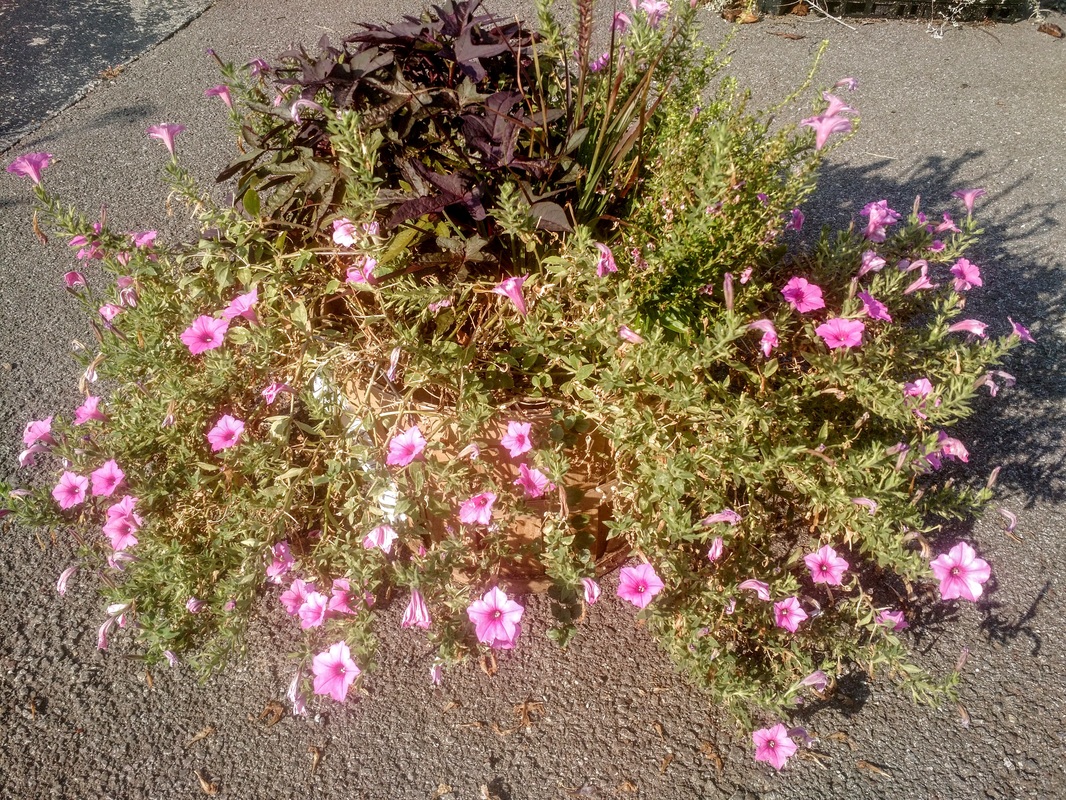
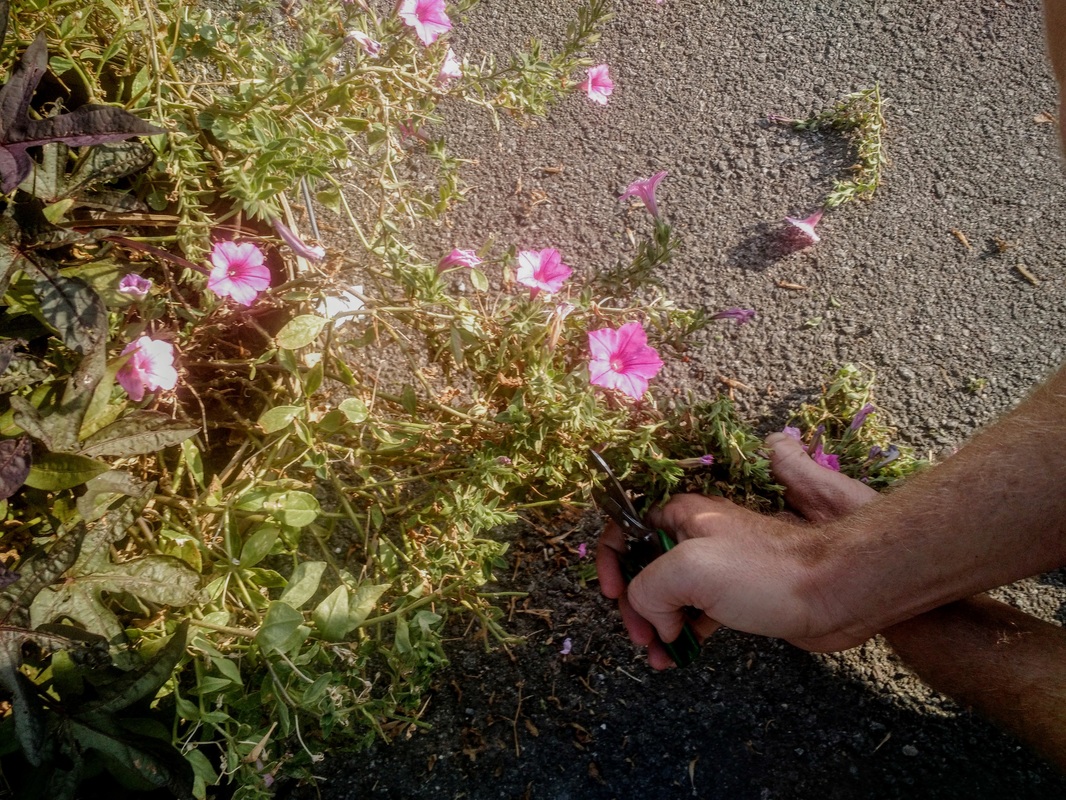
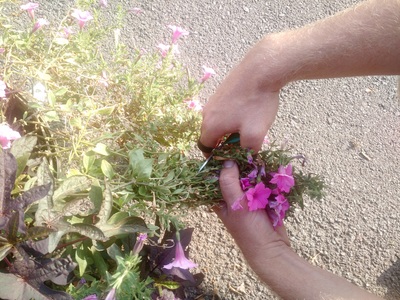
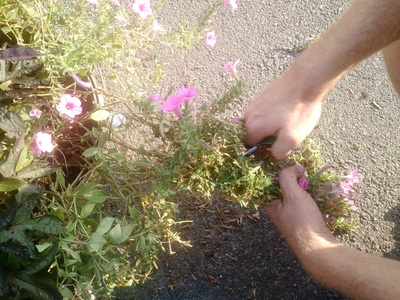
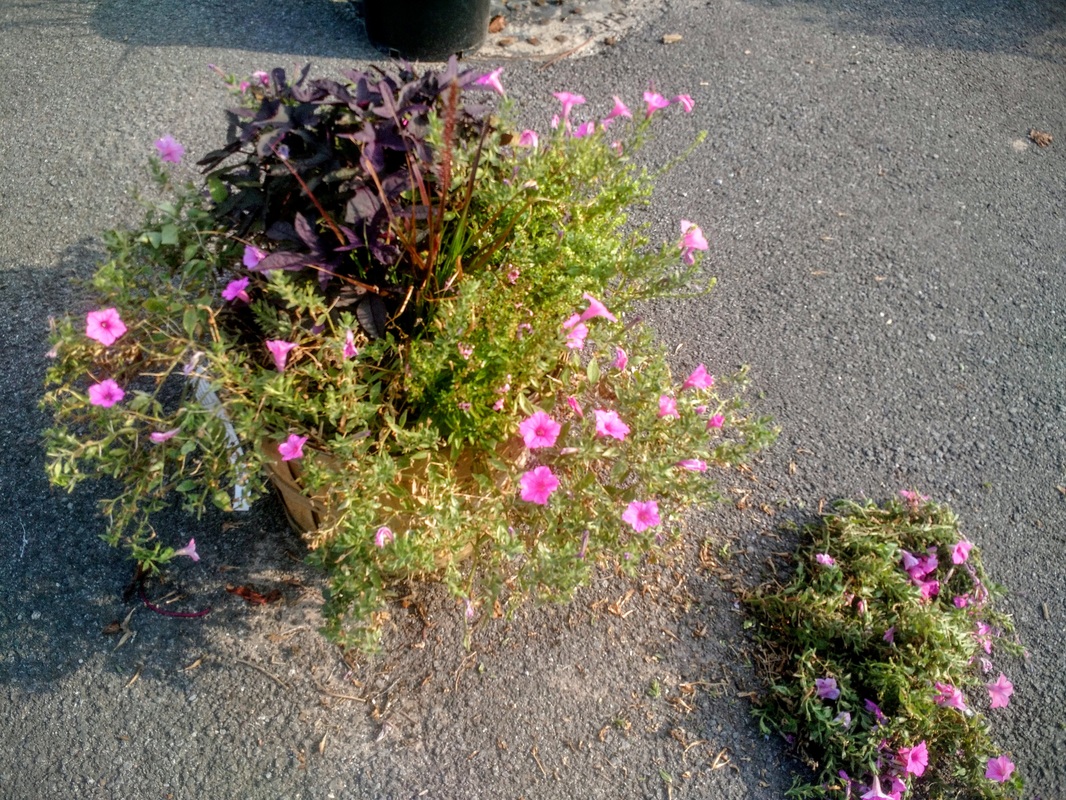
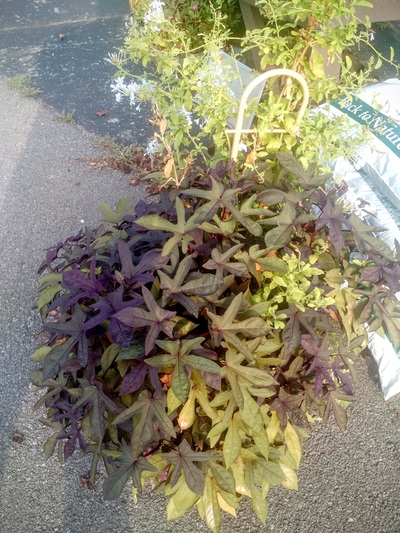
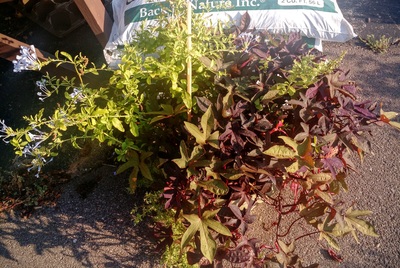
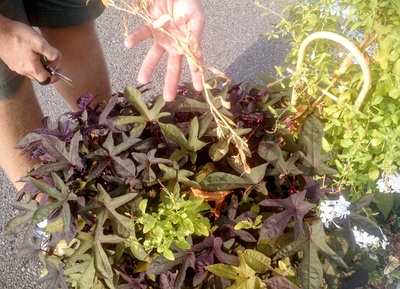
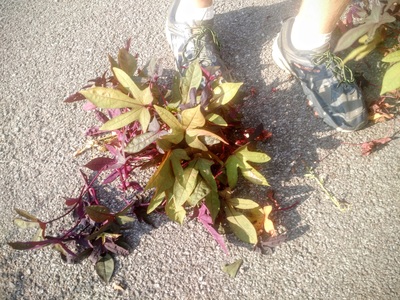
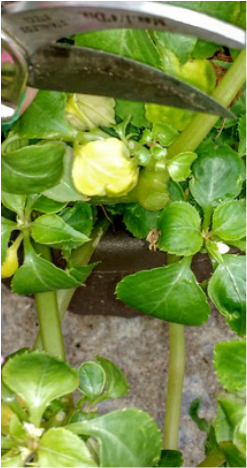
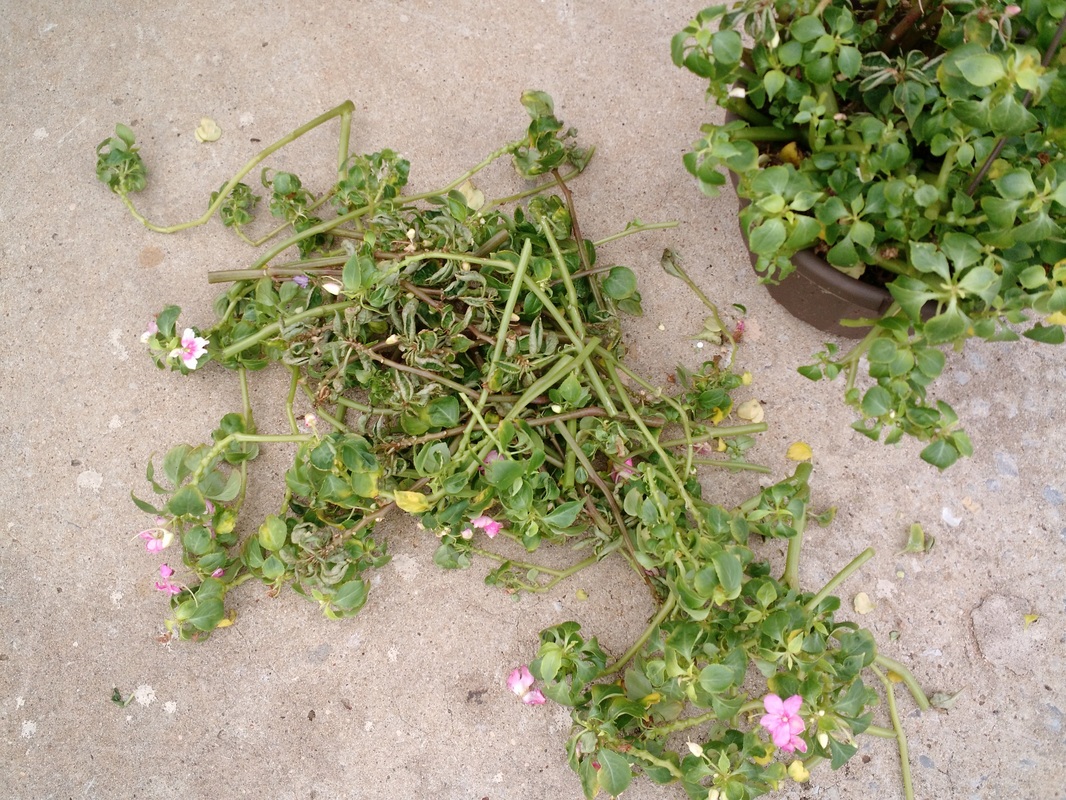
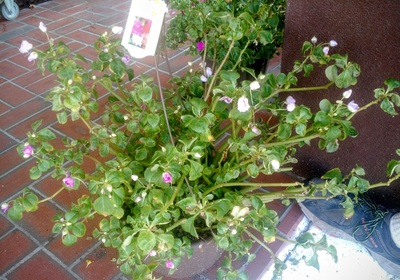
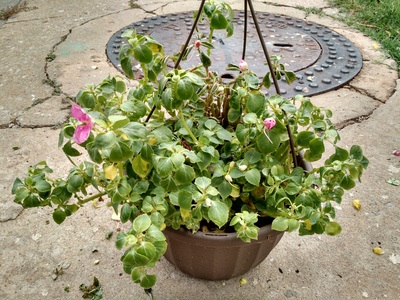
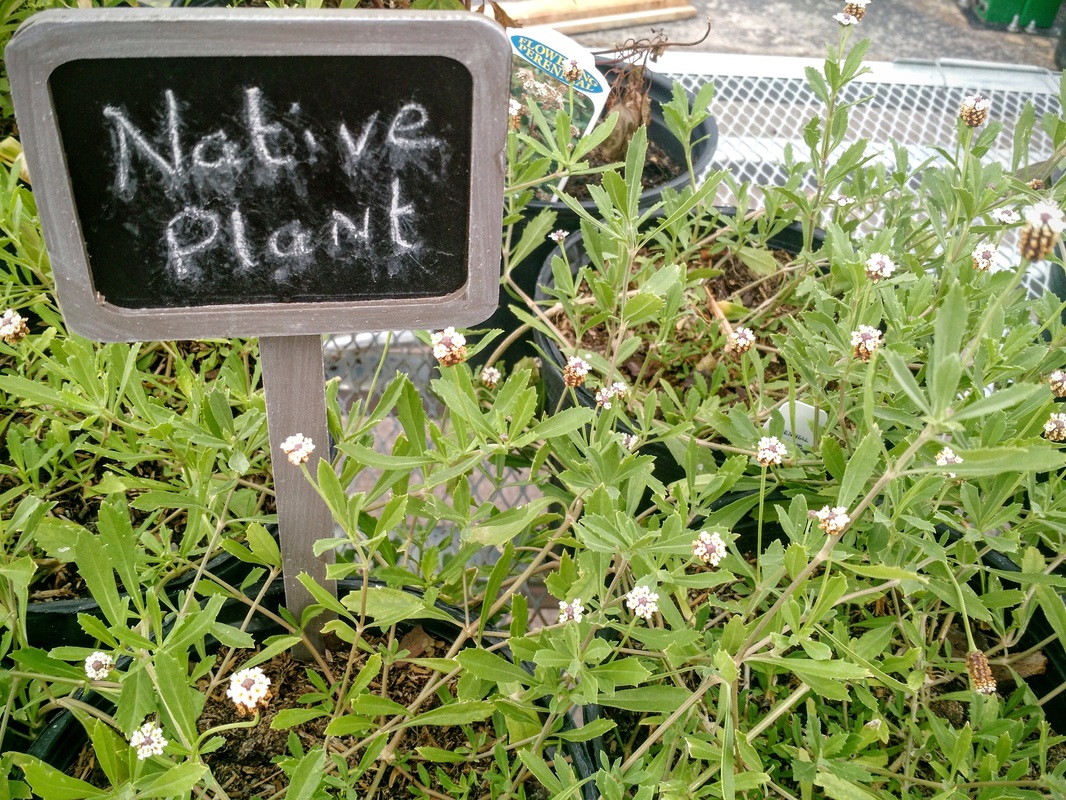
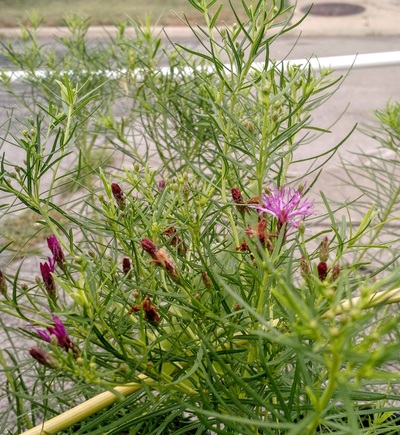
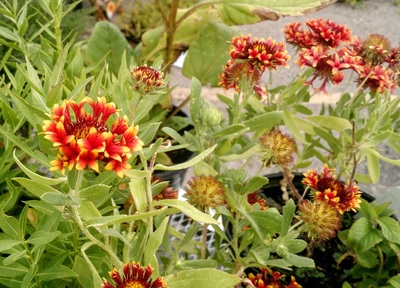
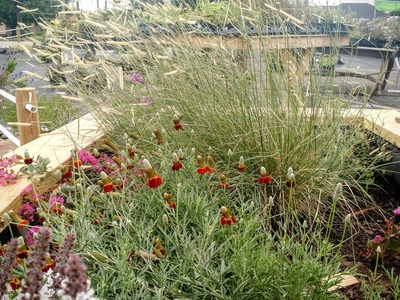
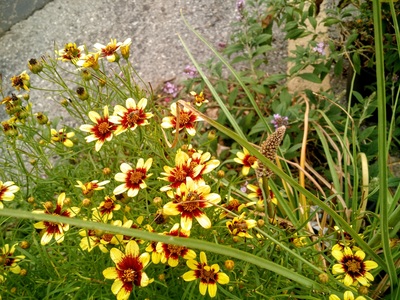
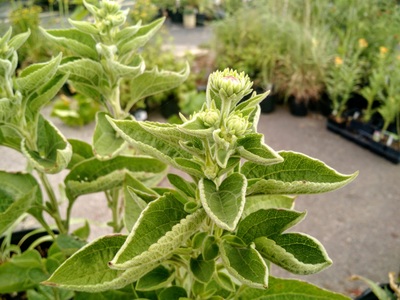
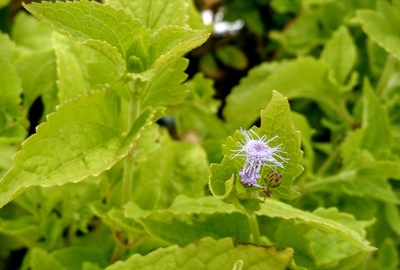
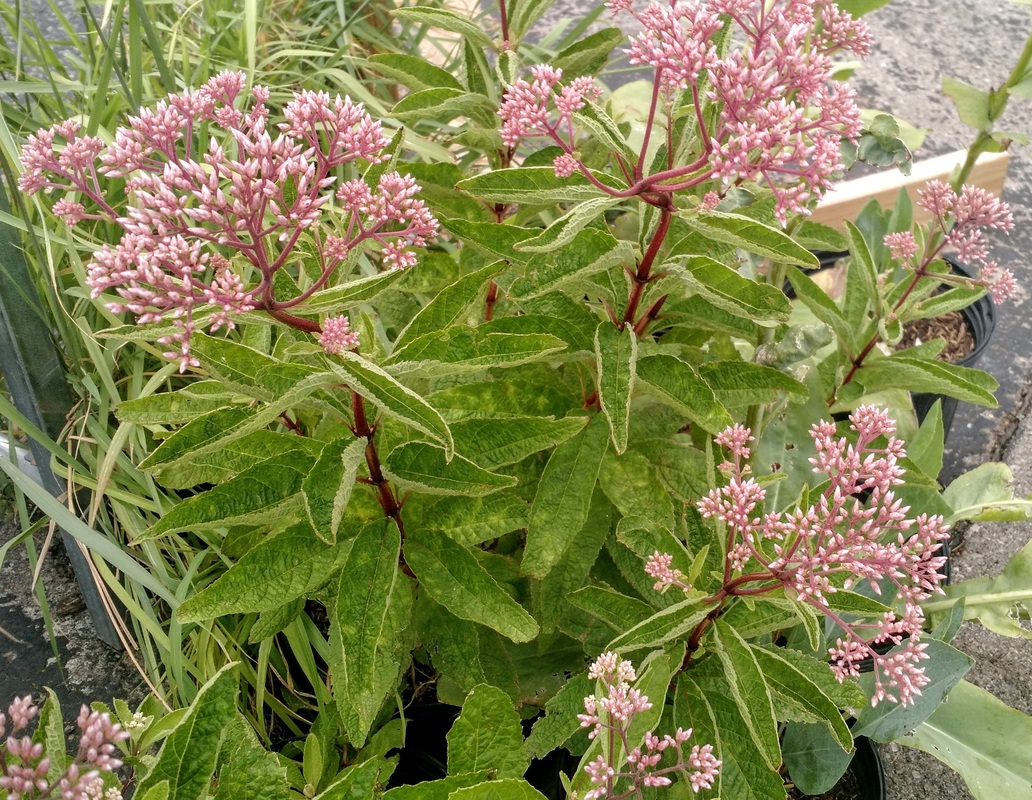
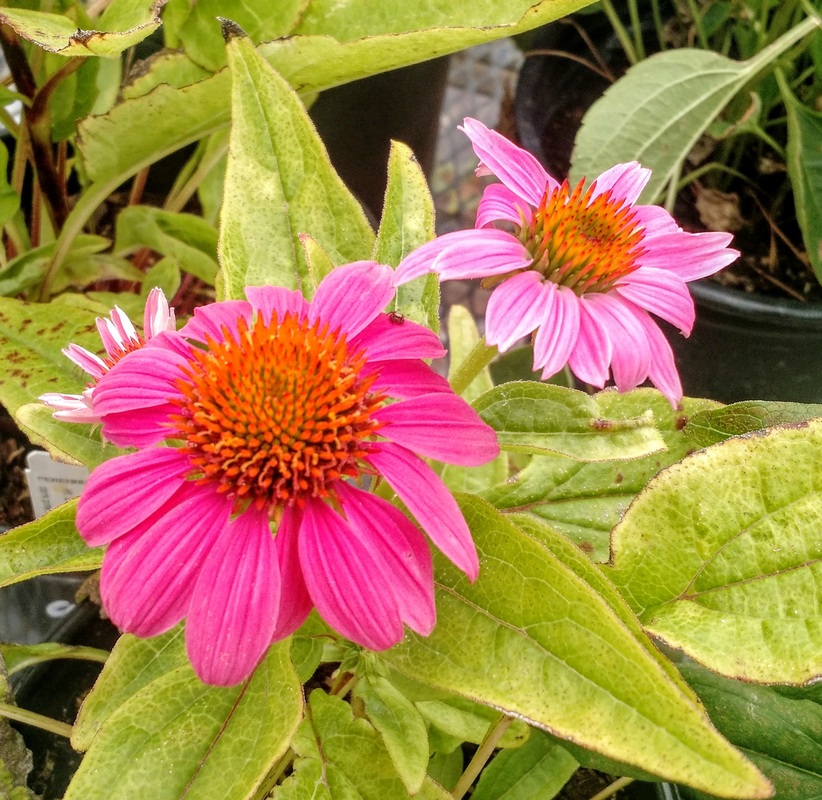
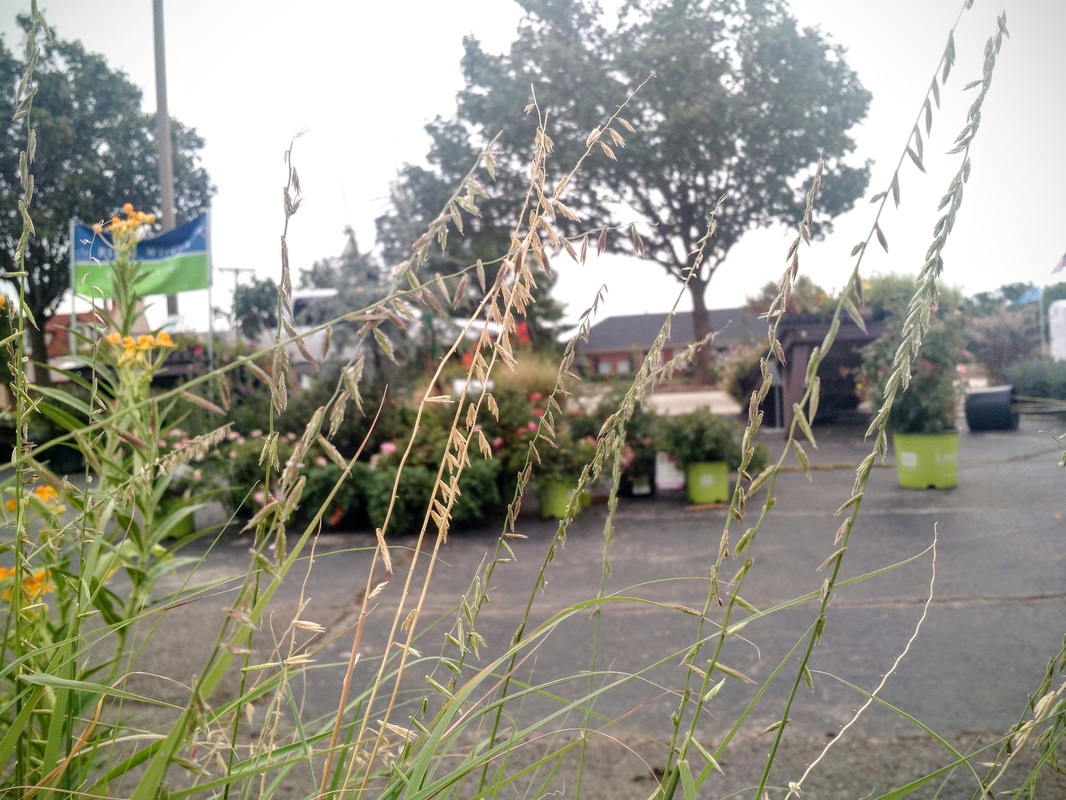
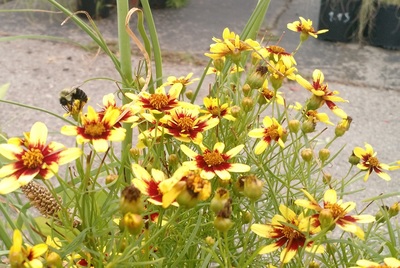
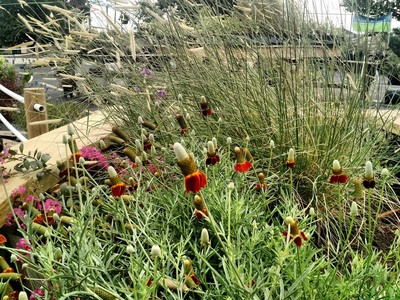
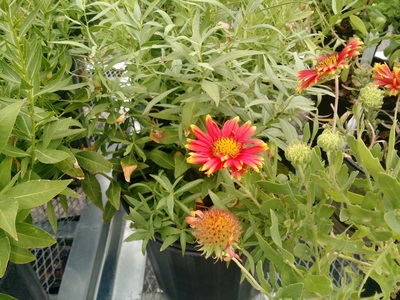
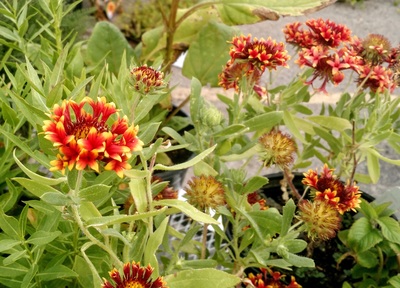
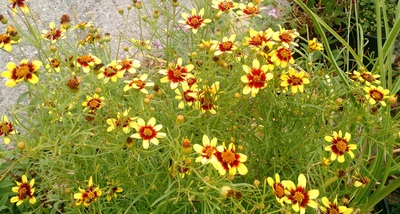
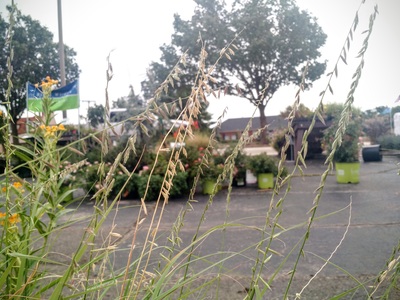
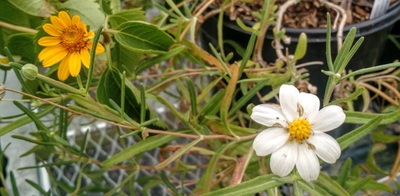
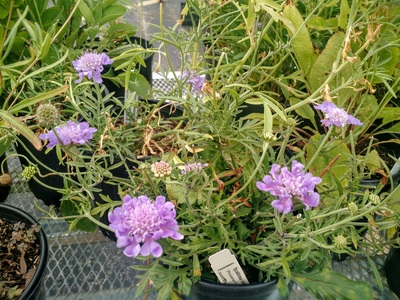
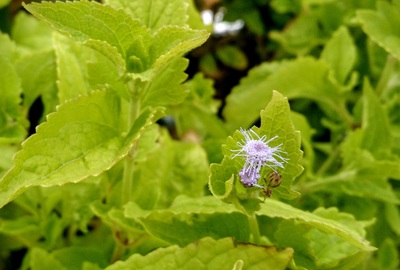
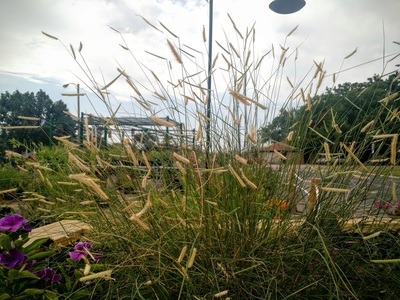
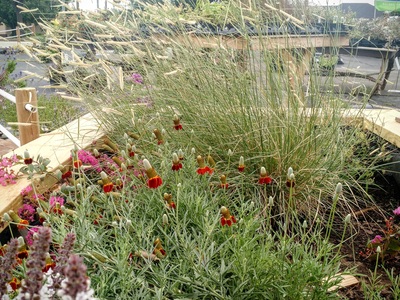
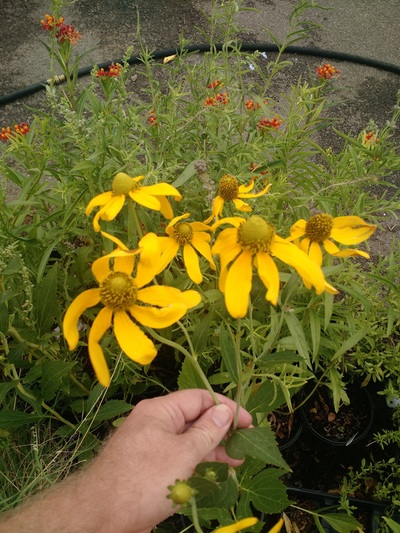
 RSS Feed
RSS Feed